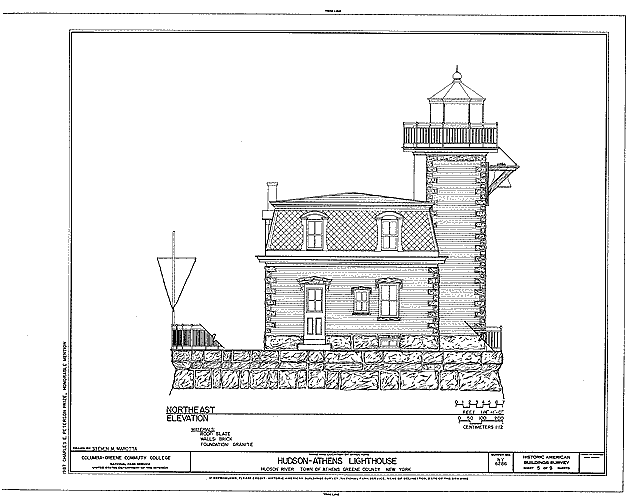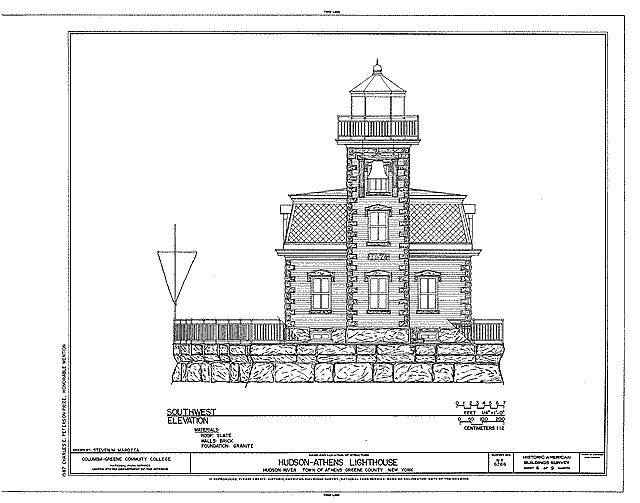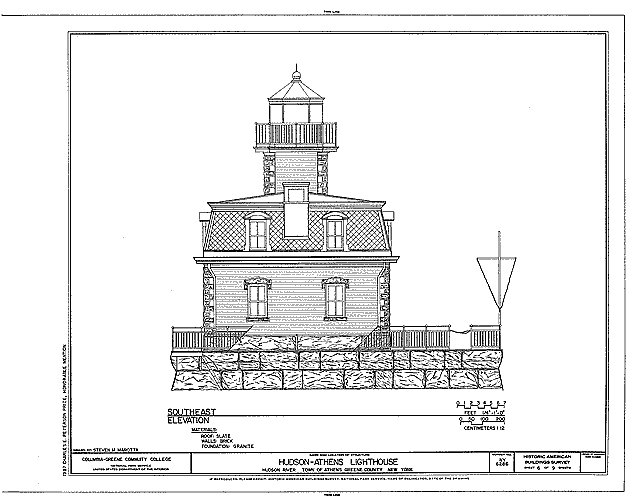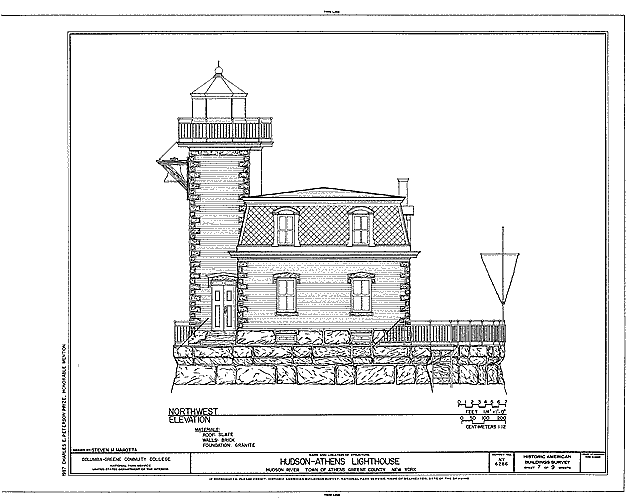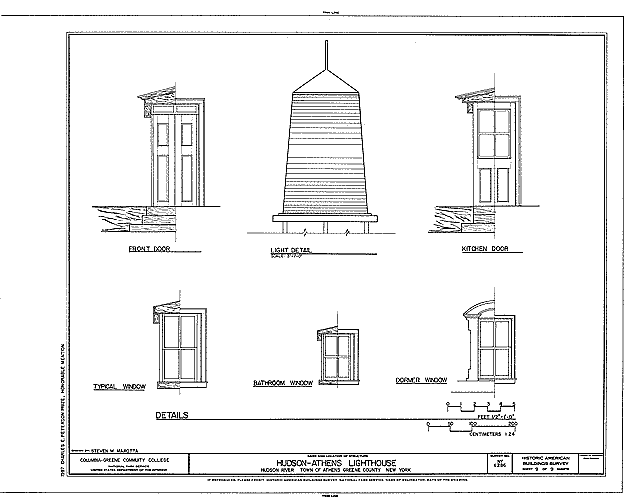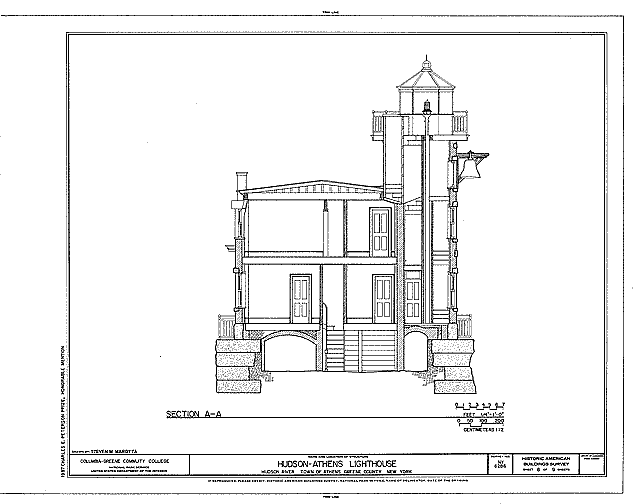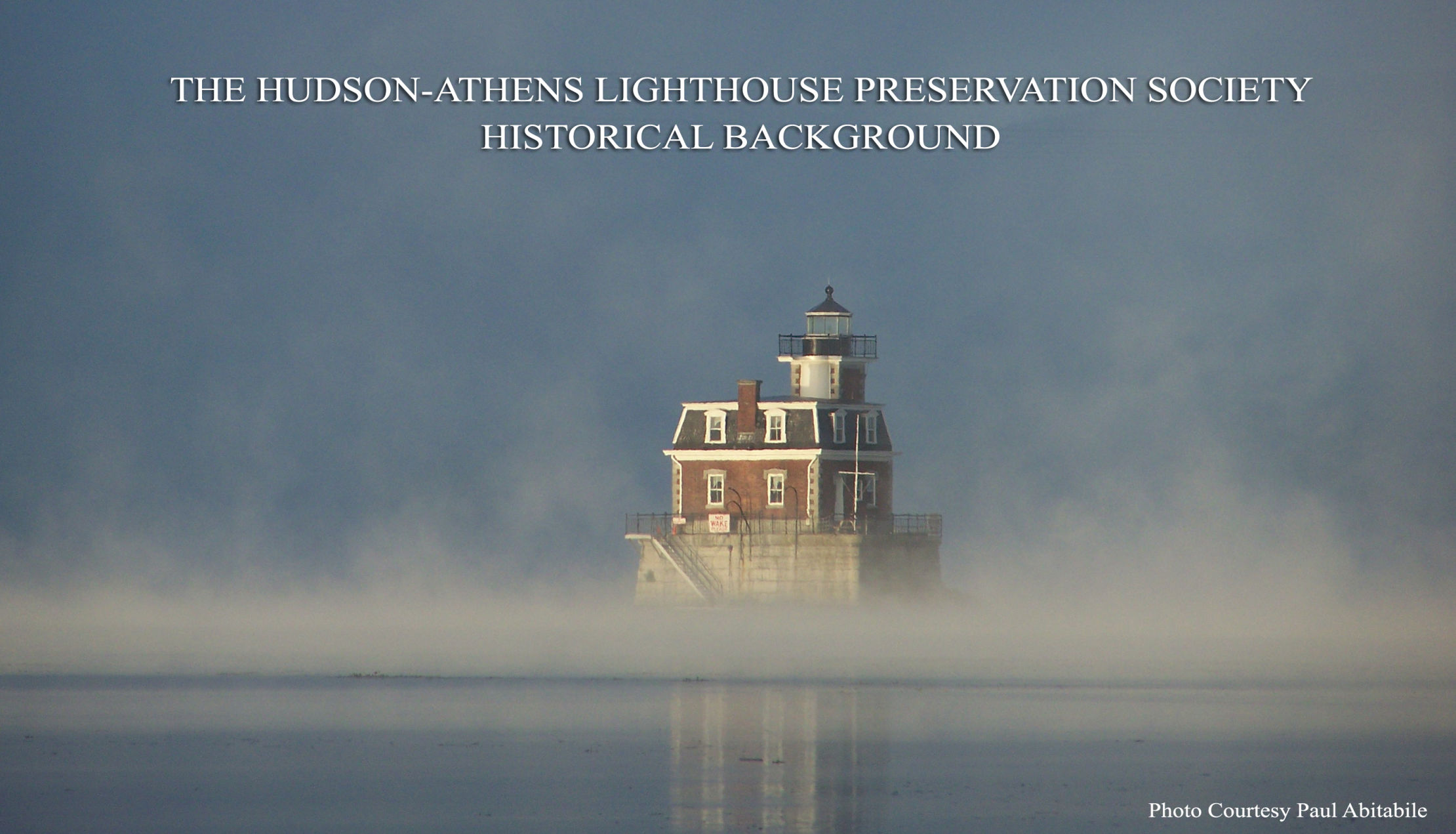

In the late 1860’s, hazards created by the Middle Ground Flats opposite the City of Hudson made navigation of the Hudson river at that point extremely risky for the busy shipping route. After much petitioning to the Congress of the United States, a survey was completed and an appropriation of $35,000.00 was approved by Congress in 1872 to build the Hudson City Lighthouse now known as the Hudson-Athens Lighthouse.
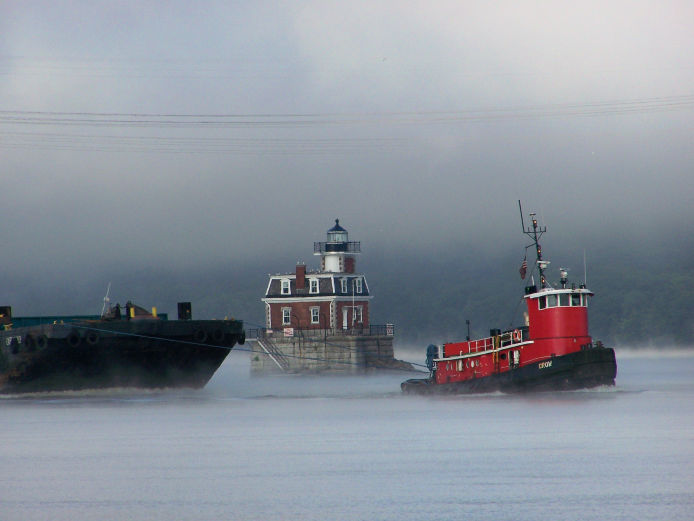
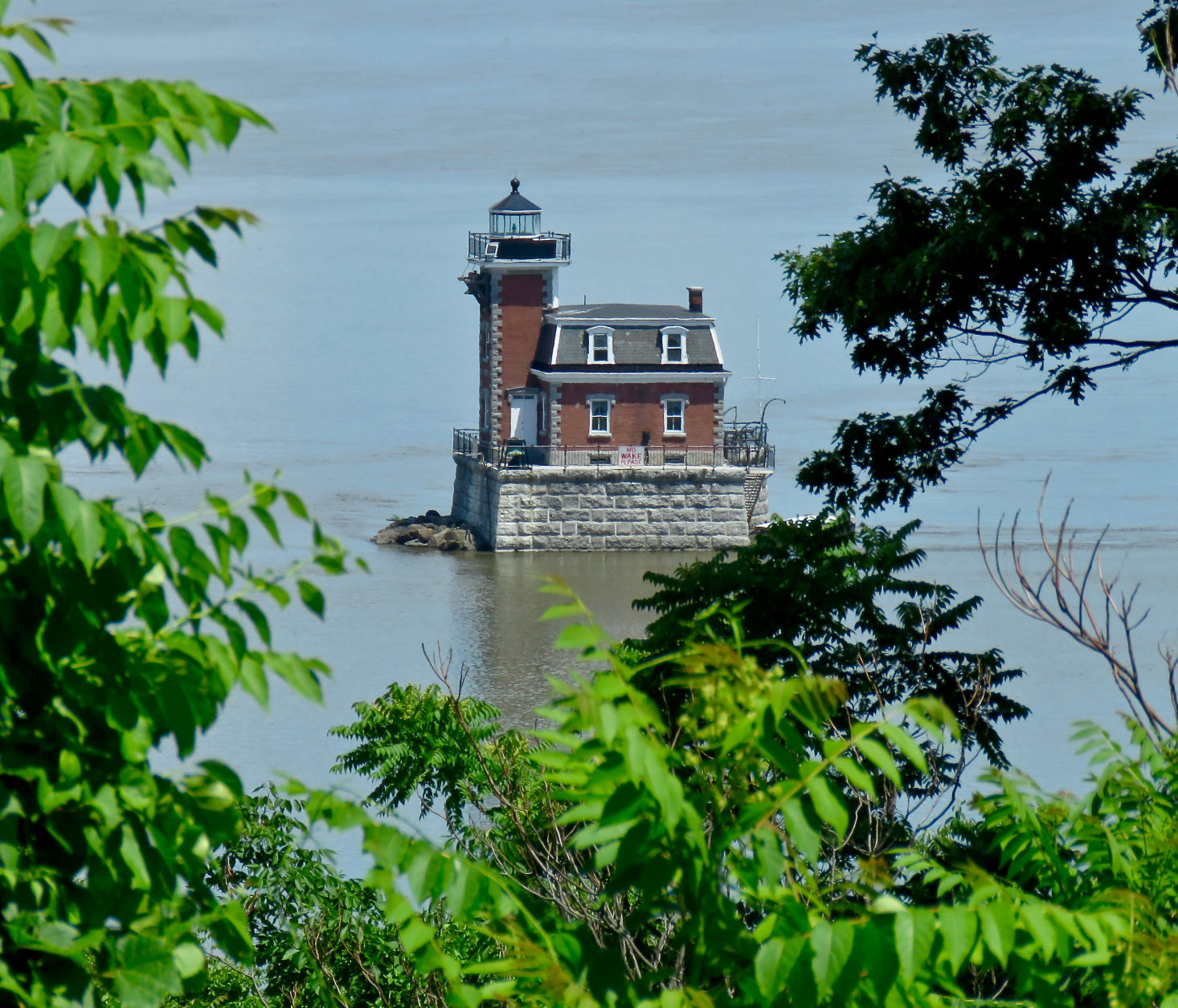
A landmark lease was signed on February 15, 1984. The 20 year lease was between the Lighthouse Society and the U.S. Coast Guard. It was the first lease signed with a government agency and a private group for a Hudson River Lighthouse.
The Lighthouse Title was transferred as part of the Congressional Appropriations Act of 1999. The U.S. Coast Guard officially transferred the deed to the Hudson-Athens Lighthouse as of July 3, 2000 making the members of the Hudson-Athens Lighthouse Preservation Society its sole owner.
THE HUDSON-ATHENS LIGHTHOUSE PRESERVATION SOCIETY, INCORPORATED
The Hudson-Athens Lighthouse Preservation Society, Inc. is a private, not-for-profit 501(c) 3 organization comprised of members from Columbia and Greene Counties, and neighboring counties and states. The Society is responsible for the restoration, preservation, maintenance and operation of the lighthouse. The lighted beacon remains the responsibility of the U. S. Coast Guard.
THE PURPOSES OF THE SOCIETY
To maintain the lighthouse museum which is chartered by the State of New York.
To collect and display at the lighthouse artifacts that tell the history of the lighthouse as it relates to Hudson River history and river navigation.
To provide seasonal access to the lighthouse for the public.
To preserve and restore the integrity of the structure which is a registered National Historic Place.
To encourage the use of the site as an open air studio for artists and photographers, and as a seasonal site for special events.
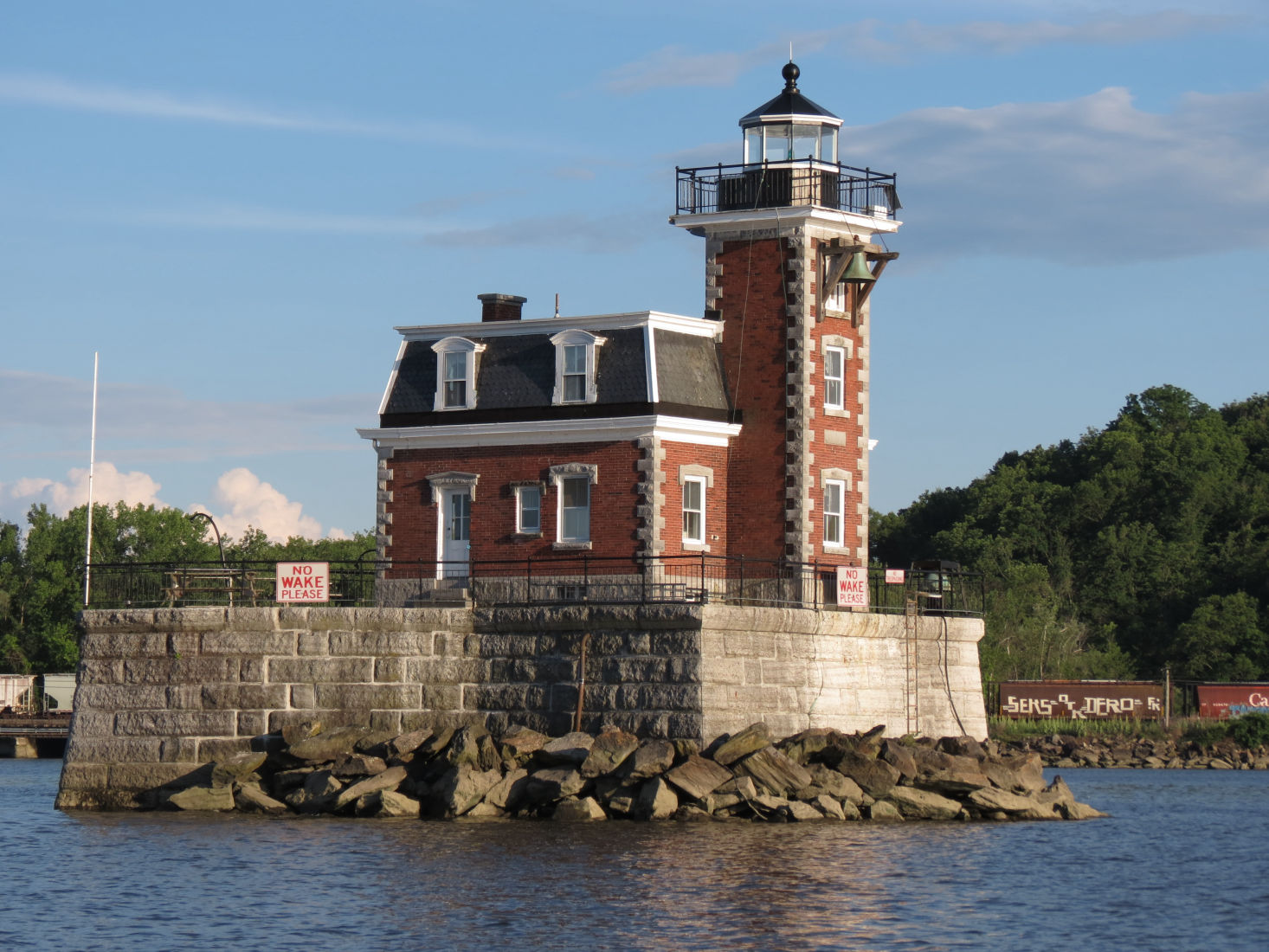
Henry Hudson was commissioned by the Dutch East India Company on January 8th, 1609 to find a passage to the “islands of spicery” that would eliminate the lengthy and expensive voyage around Africa’s Cape of Good Hope. Provided with an 80-ton ship, the Half Moon, and a crew of twenty, Hudson embarked on his journey in early April of that year.

Emil J. Brunner kept the light from 1930 to 1949. For the first seven years, Brunner and his family lived at the lighthouse, but as the children grew older, the family moved into a house in Athens. Each night, Brunner would then row out to tend the light. In 1946, an artist for the Saturday Evening Post had the family pose at the lighthouse for its December 28, 1946 cover. The painting shows Brunner rowing to the lighthouse with his son and a Christmas tree on board. The rest of the family (with the artistic license of a few extra children added) is shown standing on the lighthouse deck anxiously awaiting their arrival. Brunner, the last civilian keeper at the lighthouse, retired in 1949 when the light was automated.
Hudson-Athens Lighthouse Preservation Society (HALPS) was formed in 1982 to preserve and maintain the lighthouse. The U.S. Coast Guard leased the property to HALPS in 1984, while retaining responsibility for the upkeep of the beacon. On July 3, 2000, the title to the lighthouse was transferred to HALPS, a fitting reward for their dedicated efforts. HALPS has restored the interior of the lighthouse to represent life in the 1930s, when the Brunner family lived there. Many authentic pieces donated by the Brunner family are on display, and the original fog bell, which still has its clockwork mechanism, is mounted outside on the tower.
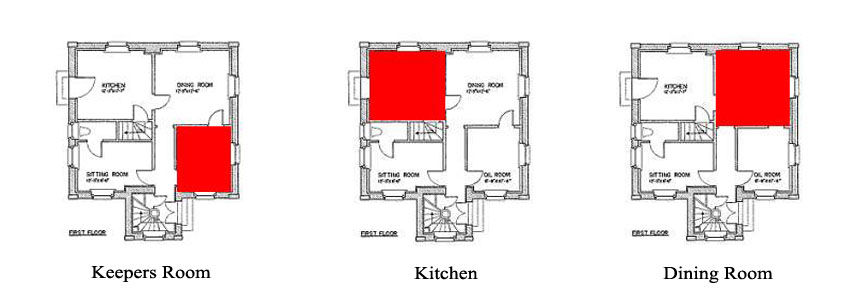
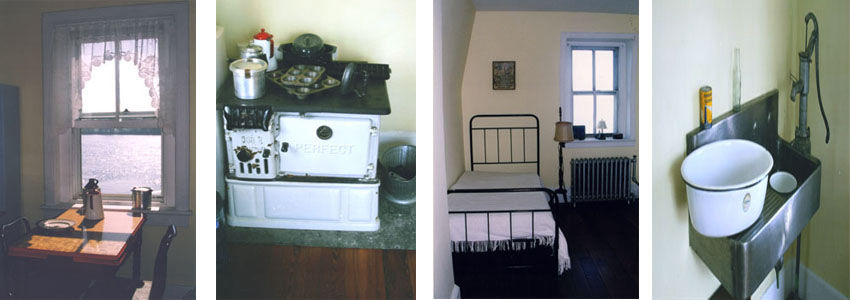
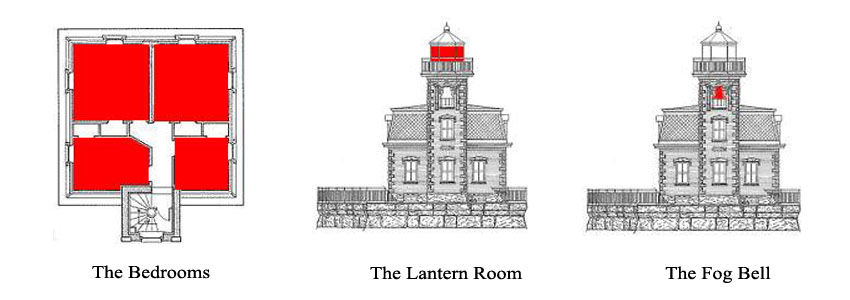

The City of Hudson & Town of Athens
The city of Hudson was a well-established river port being founded in 1784 as a whaling port by a group of Nantucket whalers who relocated from the coast. They had feared that England would retake the colonies and wanted a safer place to run their whaling industry from. Hudson was one of several whaling ports on the Hudson River. It was also a stop for the Hudson River Dayliners, which carried thousands of passengers up and down the river form Troy to New York City.
Athens was a shipbuilding town. Many ships and boats were built in Athens including the 281-foot Kaaterskill, which ran for over thirty years between New York, Catskill and Hudson. The Athens Shipyard, the Clark Pottery, the Every & Eichhorn Ice house, and the Howlands Coal Yard were among many businesses that were located in Athens. These and other industries on the river all shipped their goods by boat. Many of the waterfront buildings were destroyed in the fire of March 23rd, 1935. There were also a number of ferries that ran from Athens to Hudson from as early as 1778 until the 1940's. The ferryboats were doomed by the opening of the rip Van Winkle Bridge in 1935. All this combined with the hundreds of sloops, steamships, and barges that went up and down the river made this a very busy area on the river.
In the earlier days of navigation the lighthouses on the Hudson River were shut down for the winter season, usually from December to March as ice made the river impassible. During the winter the keepers would often engage in some seasonal employment to supplement the low wages that they received as a lighthouse keeper. Helping with the ice harvest was a common form of employment as the keepers lived on the river. But in later years the Coast Guard kept the river open with the use of icebreakers. Then the lighthouses remained operational all year.
THE LIGHT KEEPERS
1874 - Henry D. Best
1893 - Frank Best
1918 - Nellie Best
1918 - William J. Murray
1922 - August Kielberg
1930 - Emil Brunner
1949 - G. E. Speaks
1957-Perry Peloubet
1966 - William Nestlen
1984 - Hudson-Athens Lighthouse Preservation Society
Emil Brunner was the last civilian lightkeeper
Historic American Buildings Survey Drawings
These images are reproductions created by the Library of Congress as part of its American Memory Series, an ongoing effort to document important historic structures. Use of this material is potentially subject to copyright despite having been created for the National Government.

